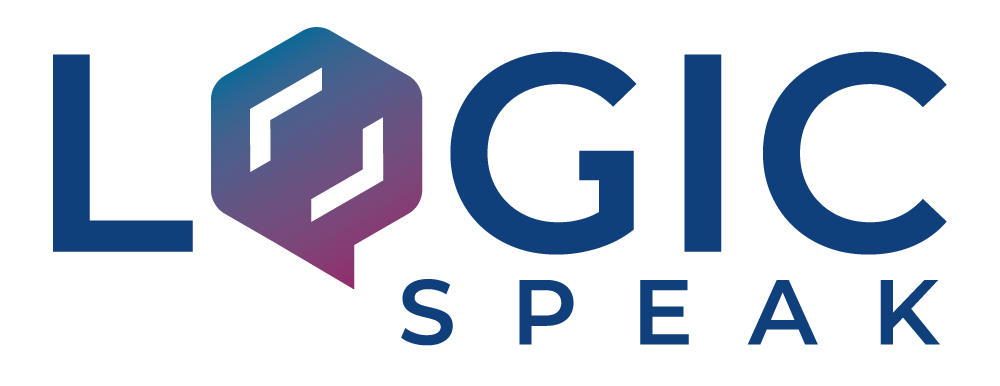Cybersecurity is a necessary investment, but what do you really need?
The number of cybersecurity tools available can feel overwhelming. Which ones will deliver the most value to your organization and advance your business towards comprehensive cyber security? From protecting your business with multi-factor authentication to mitigating threats with breach detection, we will introduce you to five cybersecurity tools that will bring you the most protection for your cybersecurity dollar. While this is not a comprehensive list, investing in these tools is a great start to protecting your business.
Multi-factor authentication
One of the most recommended tools for cybersecurity is multi-factor authentication (MFA). MFA is an authentication method that requires the user to provide two or more verification factors to gain access to a resource such as an application, online account, or a VPN. However, in a survey by Ponemon, one-third of respondents stated that their businesses do not require remote employees to utilize authentication of any form. And of those that do use it, only one-third use MFA. Many of us already use MFA in our personal lives—for example, the six-digit code that your bank texts you when you log onto the site. The success of MFA stems from its requirement that you input something that you know (password) and something that you have (a code, a token, or a push notification). Hacking both is more difficult than just a password. For strong cyber security, your business should use MFA in front of as many applications as possible, but it is most important that your business uses it to protect your email system.
Stay Connected!
Get the latest IT trends and best practices in your inbox.
Encrypted email
The use of encrypted email is another tool in the cybersecurity arsenal. Its purpose is to protect information that, if compromised, could harm your employees; hurt relationships with vendors, partners, and customers; or violate regulations such as HIPAA, SOX, GDPR, or other standards such as PCI. This information can include social security numbers, addresses, birthdates, credit card numbers, and more. Encrypted email ensures that any information that your business sends to the outside world or that the outside world sends to your business is encrypted and secure on both ends. Some email providers, such as Microsoft, have built-in encryption abilities. For others, a third-party program can provide encryption. Both require recipients to validate their identities before accessing the information.
Data security
No cybersecurity strategy is complete without the traditional methods of protecting your data store. Data backup continues to be an integral cybersecurity tool. If you suffer a ransomware attack or a disgruntled employee deletes all of your data, restoring from a backup will enable continued operations. Data loss prevention is another part of keeping your data secure. Data loss prevention involves automatic and manual categorization of data into certain types. For instance, confidential financial information or sensitive employee PII should be categorized and stored differently than other less sensitive types of information. By categorizing the information, you assign rules to the data—for instance, whether it can be forwarded to other employees or other people outside of your business, or whether recipients can download the information. Automatic categorization is used for compliance, and some applications, such as Microsoft 365, will automatically detect data and perform an action. It won’t send an email that has credit card information, for example, and will send you an email notification that you have stored a file with credit card information.
Patches and software updates
When companies have a version of an operating system (OS) or software that is working well, they often don’t want to change it for fear that it will stop working. This is especially true in small and medium-sized businesses with limited IT staffs. But from a security perspective, utilizing old or outdated OS or software versions increases your risk of a cybersecurity breach. The best way to stay safe is to stay within one version of the most current version of all software your businesses uses and to have an IT provider keep that software up to date with patches and updates. Patches are software and OS updates that address security vulnerabilities within a program or product. Software vendors may also choose to release updates to provide enhanced security features. In addition, tech companies often discontinue security patches for older versions of software or operating systems, so ensuring that you are using a version that is supported with updates and patches is necessary for cybersecurity success.
Breach detection
It doesn’t matter how comprehensive your cybersecurity toolset is if you don’t know when your organization has suffered a breach. Breach detection tools constantly analyze all of your machines and systems looking for signs of successful attacks. These tools monitor Windows desktops for running processes and executables or unknown programs; check how many files are being encrypted on your computer at any given time (a ransomware tactic); look for other tell-tale signs that ransomware is present, such as text files that tell you what to do; and more. Advanced breach detection systems even look for inbound and outbound network traffic going to and from countries on the cyber terrorist watch list. Some tools, such as Microsoft 365, also monitor for successful logins outside of pre-determined areas. But detecting a breach without notifying anyone doesn’t help your business. Breach detection tools should be paired with a security operations center that analyzes alerts to determine whether they are false positives or are valid alerts that should be escalated for resolution. Time is of the essence—the faster you know that you have suffered a breach, the faster that you can respond.


Recent Comments